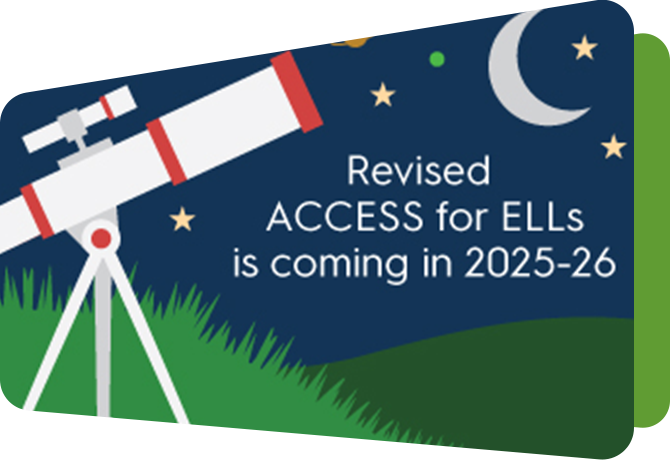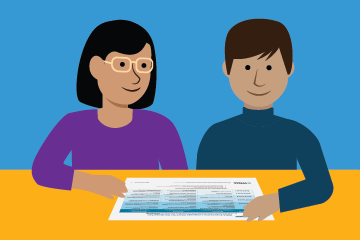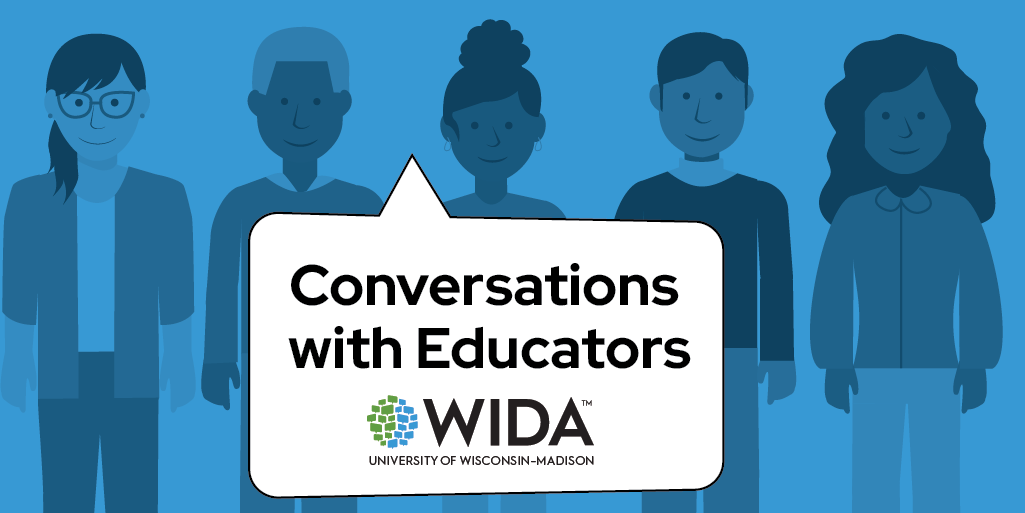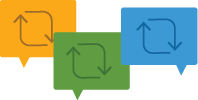Demystifying bi/multilingual education: Creating resources to inform the present and future educators of your community
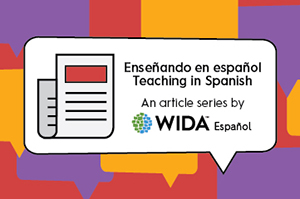
As someone who works with bi/multilingual learners, you understand the transformative power of spaces and practices that not only affirm linguistic diversity and multilingual development, but also celebrate it. You have seen the shift, a student becoming empowered to translanguage rather than feeling ashamed of their language skills or a group working together to learn Vietnamese greetings to make their new classmate feel welcomed.
You may also be noticing other shifts. School personnel are leaving the profession in record numbers. Restrictions are tightening on what can be said in classrooms and how instructional time is spent. Our teachers of tomorrow are noticing these trends too. Whether K—12 students, family members peering over Zoom meetings, or our neighbors following the news, multilingual members of our communities who would make brilliant educators have front row seats to the foundational issues we are confronting in education, many of which have been amplified in the last two years.
While increased visibility has at times resulted in negative public responses, it has also been a catalyst for positive change. People who previously would not have engaged in matters of education now have intimate knowledge of the problems at hand and bring new perspectives that have historically been missing from our conversations. However, if we want to take advantage of this opportunity, we must strive to better inform our communities and provide greater support to those embarking on their teaching journeys.
Teachers who speak more than one language and/or know how to support students of non-English language backgrounds are in high demand, yet inconsistent information, bureaucratic barriers, and financial constraints often get in the way. I created the website Multilingualism and Education in Wisconsin to help address these concerns and increase the number of multilingual/multilingual-oriented educators in my state (in addition to celebrating Wisconsin’s rich linguistic diversity). As you navigate the website, I invite you to consider how you might make use of the content and/or build a similar resource for your community.
The website includes:
- Podcast-style interviews with more than 100 Wisconsinites representing more than 35 languages living all over the state, working, studying, and interacting in the intersection of language and education in varied ways. These authentic voices provide clarity and speak to what is happening — both the joys and challenges — in their jobs and linguistic communities.
- Program details for more than 30 post-secondary institutions (public, private, community, technical, and tribal) with accompanying opportunities for financial support. Obtaining a higher education degree is not the only path to working in schools, so the careers and licensing page helps individuals explore the variety of ways one can leverage their language skills for a career in education as well as their routes to certification.
- A spotlights section which highlights schools with unique programming. While it is not (yet) a comprehensive directory, the goal is to show the variety of places and programs in which one can teach. Major urban school districts in Madison and Milwaukee are known for their bi/multilingual programs — which are highlighted on their respective pages — but innovative programs can be found all across the state, and we have many communities (especially rural) with a higher demand for multilingual educators than one might expect.
- While not everyone who speaks the same language has a similar background and not everyone with a similar background speaks the same language, the history pages aim to tell the stories of some of the languages spoken in Wisconsin. This information can help educators better understand students’ home languages and cultures to improve their instruction and communication. These pages include information about basic words and phrases, language education and preservation efforts, distribution of speakers across the state, brief histories, and additional resources for further exploration.
- The laws and rights page has the goal of empowerment, explaining what protections and supports are guaranteed in schools. It also includes some of the restrictive, deficit-oriented legislation, of both the present (that we can set our sights on changing) and past.
- Finally, the resources tab includes a glossary (education is known for its acronyms!), bookshelf, and digital connections page. Digital connections is especially geared towards high school and post-secondary students interested in education. Even in non-pandemic times, these students may not have access to an immersion teacher at a nearby elementary school they can shadow for a day. By joining Facebook groups, listening to podcasts, and following teachers and organizations on social media, they can better learn about the day-to-day experiences of language educators.
My goal has never been to create the illusion that becoming a teacher is a stress-free, financially lucrative endeavor, but rather to help individuals discover the value they would bring to classrooms and to provide resources that can make it a more desirable career to pursue. Teaching is not for everyone, and there are downsides that disproportionately affect individuals of certain backgrounds, but access to information should not be a limiting factor.
State department of education websites provide a wealth of information, but content may be out of date and education jargon may leave aspiring teachers more confused than when they first searched How to be a ____ teacher in ____. My site certainly draws on the Wisconsin Department of Public Instruction’s expertise, so is meant as a compliment to, rather than a replacement of, their efforts.
I am not the only one involved in this demystification work, and I am excited to learn about other initiatives that already exist, are being developed at this moment, and will be created in the years to come. Interested in collaborating on a national effort? Want to chat about building a similar site for your local community? Connect with me at cdarmstadter@wisc.edu.
About the author
Claire Darmstadter is a student at UW-Madison studying to pursue a career in Spanish-English bilingual education. She grew up in Sun Prairie, a suburb of Madison, and previously attended the University of Michigan. She hopes her work can support policies and practices that view multilingualism as an additive part of one's identity.
To stay informed about WIDA Español resources, tools and services use the news sign up form to manage email preferences and select WIDA Español as an interest area.

